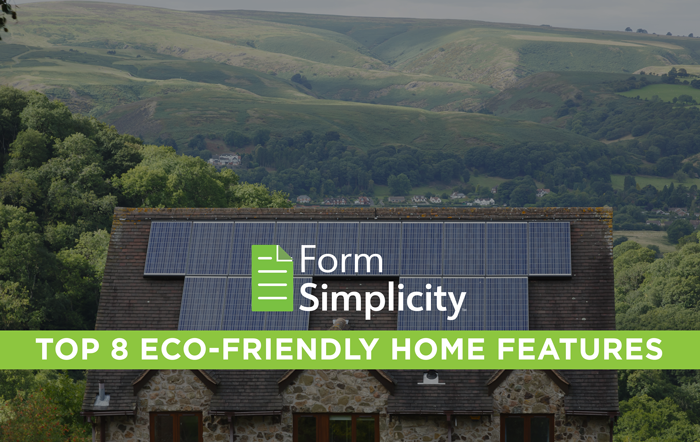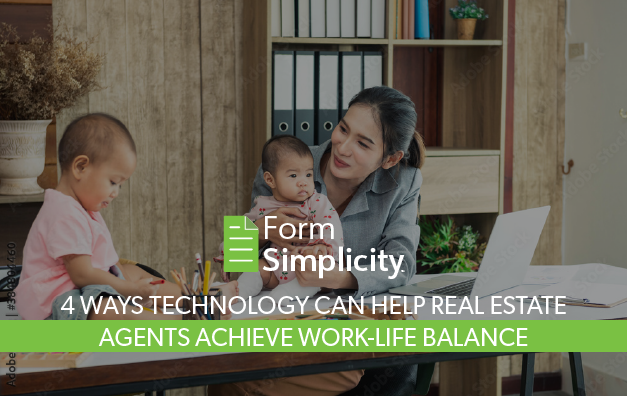
Designing a new home or re-designing an existing one has seen some major changes over the years. What was once deemed important to a relatively small segment of the population is now seen as both contemporary and necessary to today’s home buyers.
Home builders and contractors have seen the change in the preferences for living spaces in today’s fast-paced world. What many buyers and homeowners are demanding are comfortable spaces and reduced home energy costs.
Let us explore what is emerging as must-have’s that are also considered “eco-friendly” (in harmony with the environment), chic and smart!
Here are the top 8 features according to several of the leading, innovative architects and designers today.
1. Indoor Gardens
Bringing the outdoors inside is one of the most sought-after features of today’s eco-friendly home.
Benefits include:
- Improved indoor air quality of the home because the plants emit oxygen into the air.
- Healthy herbs and greens. In an indoor garden, you reduce the effects of pesticides from outdoor shops and gardens because you can control your indoor environment. There are also soilless options such as aquaponics, hydroponics and aeroponics. This is a huge health benefit that withstands all outside weather.
2. Ductless Mini-Split AC Systems
As the name implies, ductless mini-split AC systems don’t use ducts. They “have two main components: an outdoor compressor/condenser, and an indoor air-handling unit. A conduit, which houses the power cable, refrigerant tubing, suction tubing, and a condensate drain, links the outdoor and indoor units.” A ductless A/C system can provide tremendous health benefits over traditional A/C systems.
Benefits include:
- They do not harbor mold or dust since there are no ducts.
- Small size and flexibility for heating and cooling individual rooms.
- Energy Efficient – Ductless A/C systems can save homeowners tremendously each month on their energy bills over traditional duct systems.
- Improves Indoor Air Quality – Ductless A/C units capture and remove contaminants that can cause allergy and asthma symptoms; they can also reduce the spread of illness in the home. And they can neutralize odors within the home.
- Can be purchased with a washable A/C filter that can last up to 10 years. This also helps save the environment from traditional filters that are thrown in the garbage.
3. LED Lighting
The light-emitting diode (LED) is one of today’s most energy-efficient lighting technologies. And it probably comes as no surprise to you to see this one make the list, as LED lighting has gained in popularity over the years.
Benefits include:
- Longevity – They can last up to 60,000 hours. That’s over 6 years!
- Recyclable – Yes, some components of LED lighting may be recyclable.
- Affordability – Prices have come down dramatically since first introduced.
- Options – They are offered in several colors. Originally, they only came in white.
- Savings – Reduces electricity bills significantly. US Department of Energy states, “Today’s LED bulbs can be six-seven times more energy efficient than conventional incandescent lights and cut energy use by more than 80 percent.”
- Smart – Some can be operated via a smartphone.
4. Solar Panels
The Solar industry “is helping to pave the way to a cleaner, more sustainable energy future.” And solar panels are increasing in popularity. As such, solar panels are a big plus for home buyers.
Benefits include:
- Solar Panels can reduce or eliminate a homeowner’s energy bill. This is a big plus for both the home-owner’s pocket and the environment.
- Federal Government Tax Incentives are currently available.
- Low Maintenance Costs – The panels do need to be cleaned periodically.
5. Geo-Thermal Heating and Cooling
Geo-Thermal Energy is derived from the earth and can be used by itself or in conjunction with Solar Panels. The term comes from Geo meaning Earth and Thermal meaning Heat. The EPA states it best, “Geothermal technology harnesses the Earth’s heat.”
Benefits include:
- Low operating costs. Can save owners significantly on their home energy bills.
- Supplies a continual source of hot water when needed.
- Better for the environment than a standard heat pump.
- Federal Tax Incentives are available.
6. Landscape Design
Eco-Friendly landscaping features native plants, trees, fruits and vegetables that will naturally flourish in the type of environment where the home is located. As an example, a home that is landscaped in Arizona will be different than one that is designed in Florida.
Benefits include:
- Water conservation
- Low maintenance
- Helps eliminate toxic chemicals entering the ground water and food chain.
- Choosing where to plant trees also has an indoor benefit. For example, it can create natural shade for the inside of the home depending on its placement, which can help reduce the home’s energy bill.
- Adds curb appeal and is a natural source of beauty when you arrive at the home!
7. Smart Home Friendly
Smart Homes, which are homes with important aspects such as the light, heat, sound, and electronics equipped to be managed through Wi-Fi, can also be eco-friendly and highly interesting to home buyers.
Benefits include:
- They can be scheduled to turn on and off at specific times.
- They can be managed both in-house and remotely from your phone.
- They can be a huge safety feature also! One set of parents I spoke with, love this feature because through their phone they can see what their older kids are doing 24/7 in the home while they are away.
8. Open Floor Plans With Closed Kitchens vs. Open Kitchens
As we know, there is no 100% agreement on this across the country. But this has been a highly touted discussion as to what is “In” this year. Let’s start by saying that this greatly depends on where you live in the country, along with the style and square footage of the home.
From my research, the Open Kitchen and Living Area Floor Plan still wins. Let’s look at the pro’s and con’s so your buyers can decide.
Pros of Open Kitchens
- Open spaces allow more natural light into the living environment, which saves on heating and cooling costs. It creates more of a balance with the A/C system so the air is not having to go into every small space within the home. It adds more natural light to the space when coupled with large windows or when the home is naturally lit by sunrise in the morning and afternoon sun.
- Makes a safe social environment and integrated way of living. It brings families together for cooking, eating, watching tv and entertainment.
- They can make a smaller home appear larger. Entering a home with an open kitchen and multi-functional living space is the current popular way to combat small, boxed-off spaces. It can also give more of a ‘wow’ effect when people enter the home.
- It allows for a fun, mingling space for entertaining guests.
- It creates Added Value. Homes with open kitchens and living spaces often sell for more money than traditional, older home design layouts. When buyers enter a traditional home with divided spaces such as entryways, halls, closed-off kitchens, and smaller bedrooms without walk-in closets, they may love the home at first. Then they start adding up the costs of having to tear down walls or renovate it, which can be a huge deterrent depending on the price.
Cons of Open Kitchens
- Lack of a quiet space. Having multiple things going on in one space can be very distracting and may cause more stress than peace in the home.
- Can’t hide the mess. A mess in one area of the open floor plan, such as the kitchen, can have a negative effect on the rest of the space. When dishes, pots, pans, plates, and food are left waiting to be cleaned up, there is no hiding it in an open space.
- Lasting unpleasant odors. An unpleasant smell from the kitchen, such as a highly fragrant fish or garbage can that remains inside, can linger throughout the whole space vs. just one small area.
Share this with your clients.
It is an opportunity to have a conversation and discuss those features that are most important to them and their style of living. It is also an opportunity to help create a successful home-buying or renovating adventure!
Written for Form Simplicity by Janice Zaltman, a Realtor, LEED AP, Marketing Coach and Writer with more than 20 years of experience in the sales, marketing and media fields.




